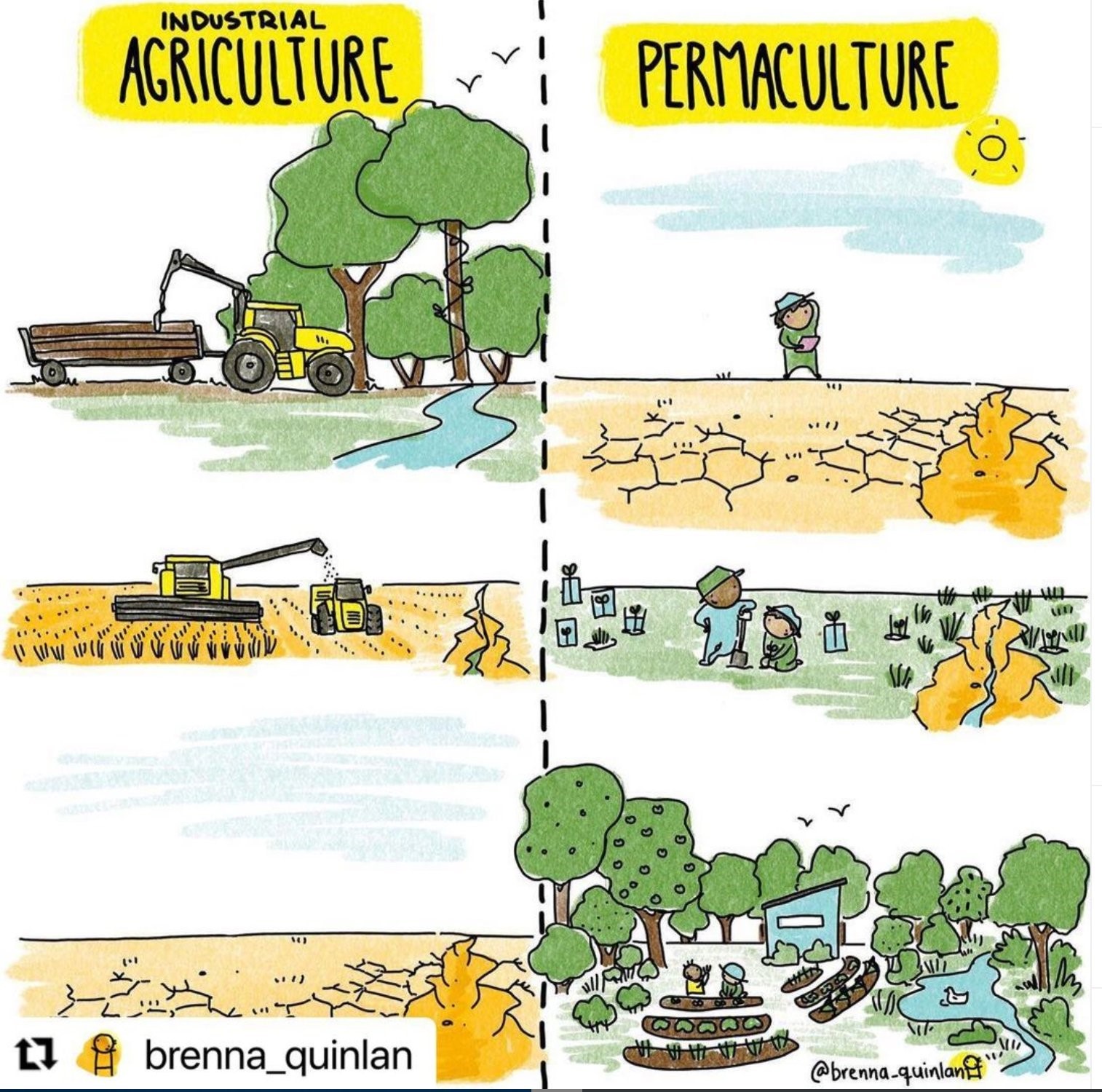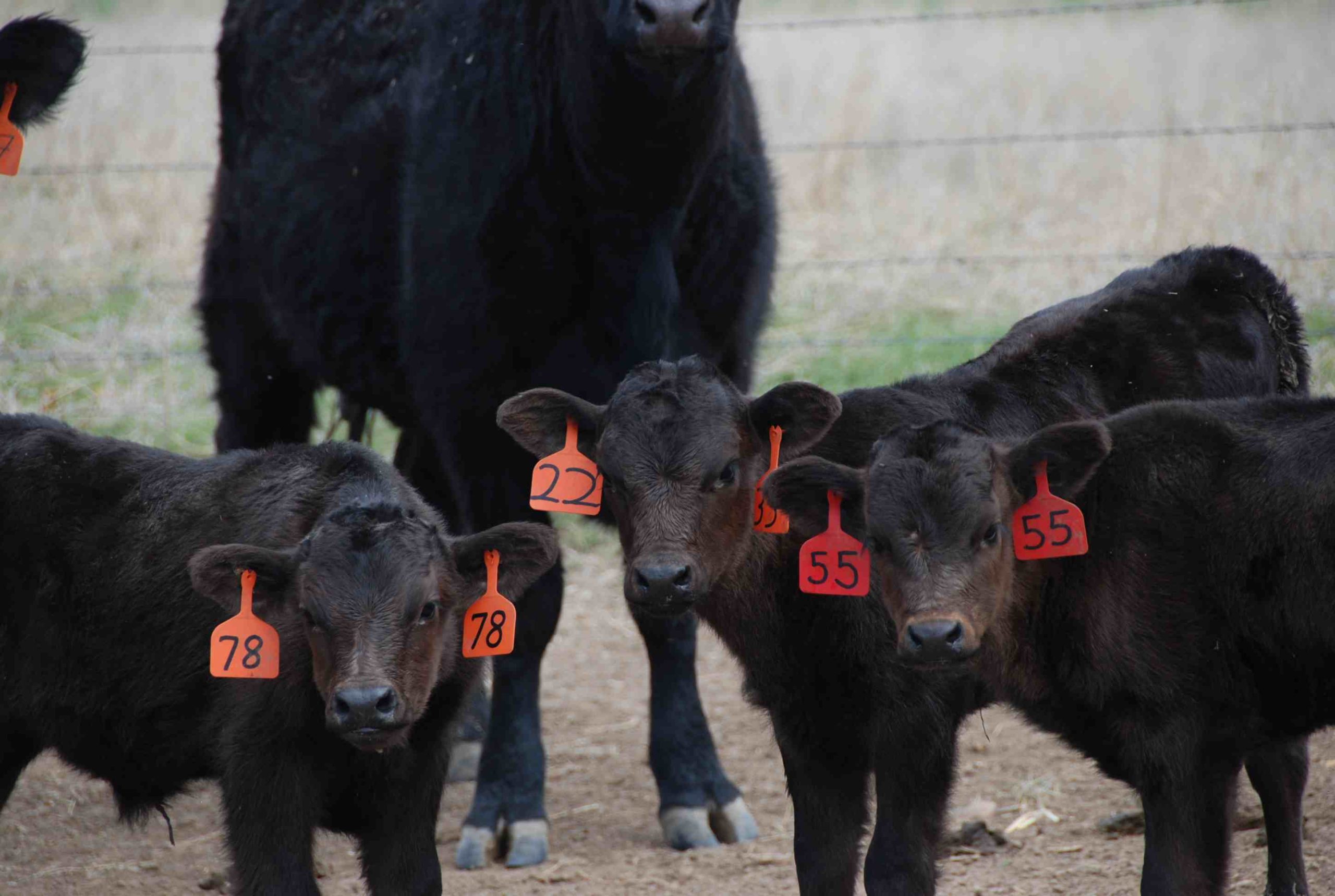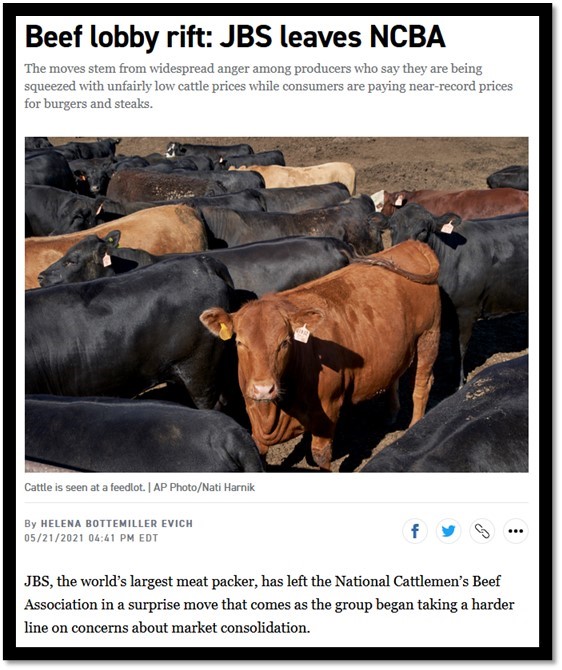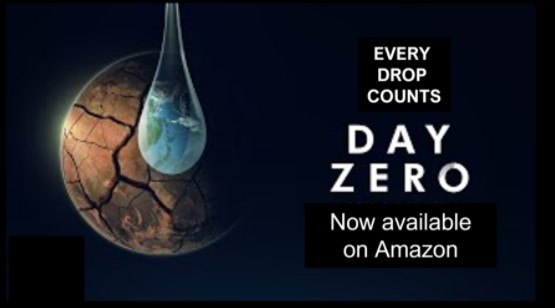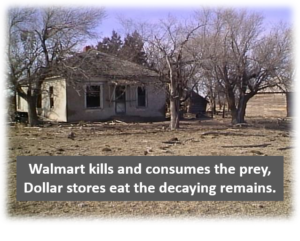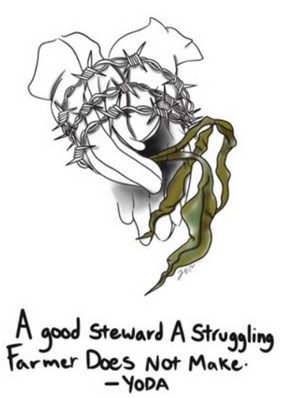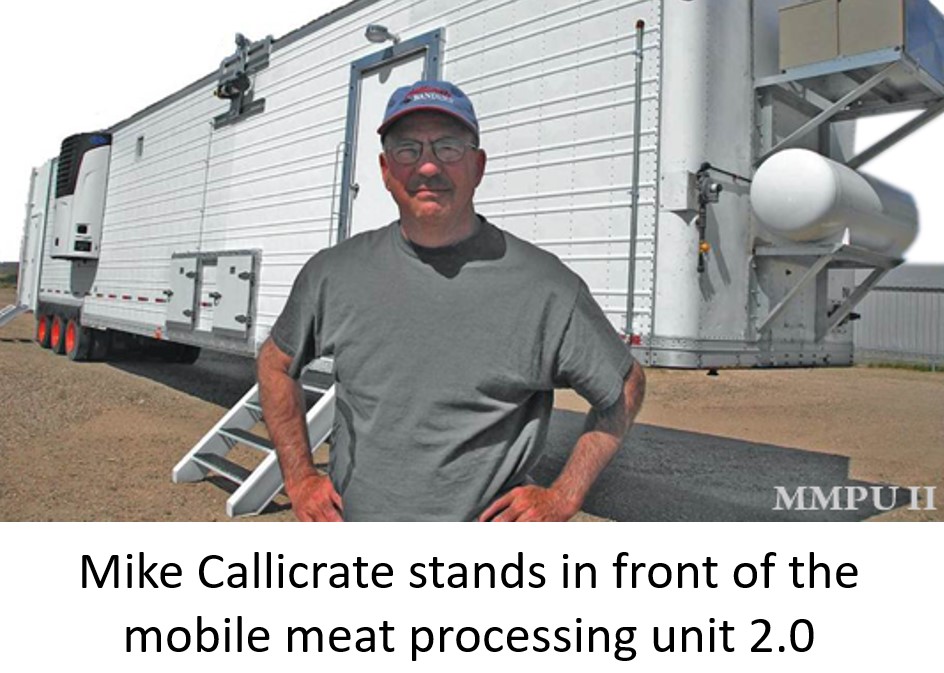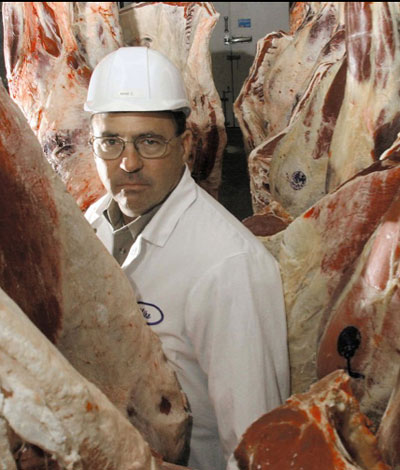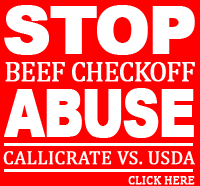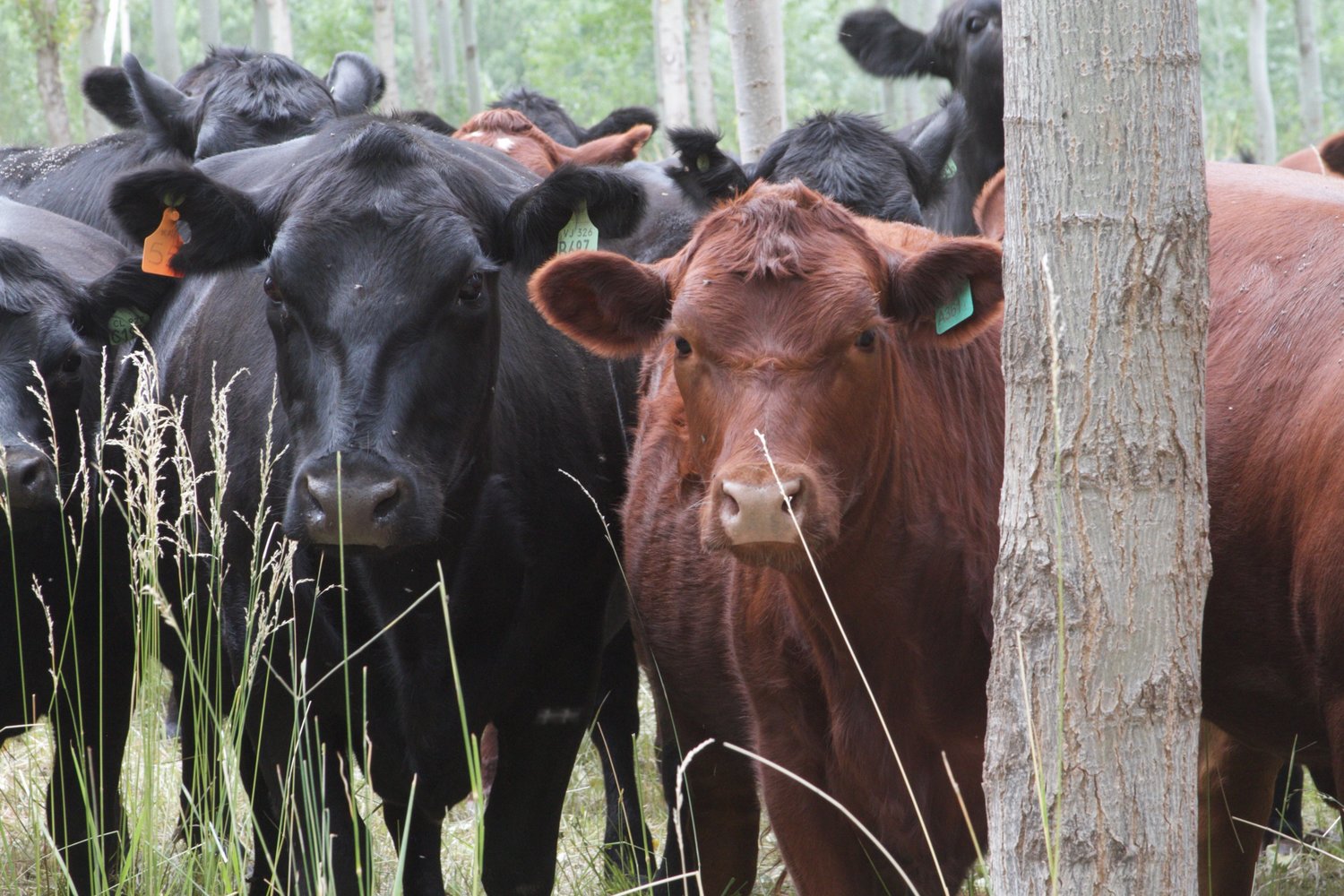
The global beef cartel, with help from Congress and the USDA, is destroying the ranching industry.
May 11, 2021
The Honorable Tom Vilsack
Secretary of Agriculture
United States Department of Agriculture
Washington, DC
Ref: AMS-Tm-21-0034: Comment on Executive Order 14017, Supply Chains for the Production of Agricultural Commodities.
Dear Secretary Vilsack:
The Montana Cattlemen’s Association (MCA) is a non-profit, non-partisan, grassroots organization working for Montana’s cattle producers on issues that affect the viability of the cattle industry. MCA serves to support Montana’s environmental, cultural, and historical legacy.
“Consumers were faced with shortages and high prices while producers received even lower bids for livestock.”
It is unfortunate that it took the COVID 19 pandemic for Americans to understand how vulnerable our country has become to supply chain disruptions. This vulnerability affects many strategic sectors including the raising, processing, and marketing of food. MCA applauds the Biden Administration’s review of this critical issue and we welcome the opportunity to be part of the conversation in how future food security disruptions can be addressed and remedied.
It was primarily in the meat industry where the inadequacy of the current structure of livestock production, processing, and marketing was revealed. Consumers were faced with shortages and high prices while producers received even lower bids for livestock. To keep the slaughter facilities operating, packing plant workers were required to risk their lives for inadequate compensation. However, the beef and pork packer cartel saw unprecedented profits.
“… packing plant workers were required to risk their lives for inadequate compensation.”
The experience that the Montana Cattlemen’s Foundation (MCF), Beef on Every Plate project had over this past year is revelatory of the problems faced by the cattle/beef sector. The Beef on Every Plate project uses donated funds to defray the cost of processing cattle that our members donate to food banks and meals for the elderly. As part of the COVID stimulus effort, we received a $50,000 grant to ramp up this effort.
The Foundation was immediately faced with the inability to schedule the slaughter and processing of cattle because disruptions in the national packing plants resulted in the small plants in Montana being completely booked for up to two years in the future. MCF had cattle committed but by the end of 2020 we had to return $22,578.96 because we could not get all of the cattle killed and processed.
“… the hungry in Montana were fed beef, if they got any beef at all, that likely came from Brazil.”
Instead of Montana raised and processed beef, the hungry in Montana were fed beef, if they got any beef at all, that likely came from Brazil. The Brazilian beef could very well have carried a fraudulent yet legal “Product of USA” label. Rather, the people who rely on the food banks, including the elderly, could have dined on beef that was an actual product of the USA which had been processed in a plant that was inspected by an actual meat inspector. We can’t know for sure the level of hygiene at the Brazilian plants, but we do know that in the past Brazil exported rotten meat.
As part of the same stimulus program from which MCF received a grant for the Beef on Every Plate project, most of the small slaughter/processing facilities in Montana were given grants to upgrade their capabilities. For this, I am sure, the plant owners are grateful. However, this brings up a different problem. Now that the Montana plants have enhanced capabilities, how are they going to market the extra beef that they can now process?
“If that Australian product happened to be repackaged in this country, it qualifies for a “Product of USA” label.”
There are a number of ranchers in Montana who valiantly market Montana grass-fed beef but cannot get access to the supermarket counters. They are, however, in competition with grass-fed beef from Australia, which can indeed be found in the supermarkets. If that Australian product happened to be repackaged in this country, it qualifies for a “Product of USA” label. Because the Australian beef receives a USDA grade label most consumers believe that they are purchasing beef born, raised and processed in the USA. Obviously, there is no requirement for the importers of Australian beef to label it as Australian, because in 2015 Congress made sure that Country of Origin Labeling for beef was rescinded.
During this past year the vulnerability to our food security was revealed by the global pandemic. However, we are likely to face future disruptions caused by increased climatic instability. Already, agricultural lenders are trying to understand how to factor in the unpredictability of the weather in their lending policies. Apparently, the crop insurance program is experiencing increased levels of losses due to both drought and increasingly violent weather phenomena. Hurricanes, tornados, violent winds, arctic lows, floods, and drought are seemingly simultaneously putting entire sectors of our nation’s food production in jeopardy.
“Centralized systems inherently have the potential for catastrophic failures.”
Clearly, we need to re-evaluate the adequacy of the structure of American agriculture, along with the markets upon which farmers and ranchers rely. According to 2019 USDA statistics, the United States had 209,007 farm enterprises that marketed 78.7% of the production. These 209,007 farm enterprises are by necessity part of a vertically integrated system. They purchase their inputs from a cartel of suppliers and they market their produce to a cartel of processors.
The question before us is: are these large farms which are vertically aligned to global cartels resilient enough to meet the food security needs of our country under conditions of climatic instability? Centralized systems inherently have the potential for catastrophic failures. The analogy is not perfect, but the centralized control of agriculture in the former USSR was a disaster. Should we expect the global corporations that now control most of the agricultural production to have our nation’s interests foremost among their concerns?
“… our rural communities are failing because the money that should be circulating within these communities is sucked up by the global financial system.”
Meanwhile, we have another 785,300 smaller family farmers who produce the remaining 21.3% of the food. They do the best they can to survive within a corporate-dominated system that does everything possible to marginalize them. It is these smaller family farms that make up the core of our rural communities. But our rural communities are failing because the money that should be circulating within these communities is sucked up by the global financial system.
Many of the smaller family farms are trying innovative strategies, including marketing more directly to consumers in order to bypass the global food cartel. The underlying problem these family farmers face is the low floor prices the cartels are able to impose on the production side of the system. The family farmer’s costs associated with accessing local consumers are high because the processing and marketing firms, which existed in the past, have all but disappeared. Direct marketing of local foods is a growing segment of American agriculture, but farmers struggle because the lack of dedicated market structures make marketing costs expensive.
“… the solution is to utilize the Packers and Stockyards Act to require that the packing cartel purchase their cattle in an open public marketplace”
This brings us back around to the inadequacies and vulnerability we have allowed to dominate the cattle/beef industry of the United States. We all know that four global corporations purchase, slaughter, process, and market 85% of the fat cattle. We all know that as a result, the market for cattle is dysfunctional. Furthermore, we all know the solution is to utilize the Packers and Stockyards Act to require that the packing cartel purchase their cattle in an open public marketplace. So far, however, the will to do what we all know needs doing has not materialized.
We need to go one step further. We also need to impose an open transparent market to the wholesale meat side of things. The P&S Act states clearly that it is illegal to:
“…Sell or otherwise transfer to or for any other person, or buy or otherwise receive from or for any other person, any article for the purpose or with the effect of manipulating or controlling prices, or of creating a monopoly in the acquisition of, buying, selling, or dealing in, any article, or of restraining commerce…”
In other words, the packing cartel should not be allowed to make exclusive deals with retailers because that has the effect of “manipulating or controlling” prices. Wholesale meat should be marketed through a transparent auction system. Such a public market system would allow smaller independent packers to competitively market their products. Montana producers of grass-fed beef would then be able to get their meat on the shelves and compete head-to-head with the imported Australian product.
“Clearly, we need to re-establish local processing and marketing infrastructure …”
Clearly, we need to re-establish local processing and marketing infrastructure, such as existed in the 1950s and 1960s. In order for farmers to be able to produce food under uncertain and increasingly unstable climatic conditions, farmers need the flexibility to be able to diversify their production practices. Diversification of production requires a multiplicity of market chains, something that no longer exists under the current structure of American agriculture.
Instead, our country’s agricultural policy has fostered the centralization of all of the key points of agricultural inputs and markets into the hands of global cartels. These cartels are not interested in a diversified, complex, localized market system. They maintain their control and profits by simplifying the market chains and eliminating diversity. Before we can revitalize and strengthen agriculture and rural communities, the cartels must be made to relinquish their stranglehold on the markets.
So how do we restore viability to rural America and resiliency in our food production? We do so by restoring competitiveness to the markets. In terms of the cattle/beef market, the number one priority is to impose a consent decree on the packing cartel such that they are required to purchase fat cattle through a public competitive mechanism. This is what was done in 1921 and there is no reason it cannot be done now, in 202l. Furthermore, packers should be required to solicit bids for their beef products in a public competitive market.
“… mandatory Country of Origin Labeling must be restored for beef.”
In addition, mandatory Country of Origin Labeling must be restored for beef. While we are at it, the fraudulent “Product of USA” labeling loophole must be modified or perhaps eliminated entirely.
These steps that I outline above are essential, but at the same time, care should be taken that the problems faced by rural communities are not compounded by new initiatives. The so-called “30×30” plan – “Tackling the Climate Crisis at Home and Abroad” – has certainly hit a raw nerve in rural America. It is not clear what this plan actually means to accomplish but what we, those of us who live out here, think it will do is take more public lands out of agriculture in favor of more wildlife and recreational opportunities for urban America.
“Too many of the main street businesses upon which we depend are already gone. The few surviving businesses are just hanging on”
Farming and ranching in Montana is already a struggle because concentration in markets has hollowed out our communities. Too many of the main street businesses upon which we depend are already gone. The few surviving businesses are just hanging on. Equipment implement dealerships have consolidated, such that one can no longer just go to town for a tractor part. Feed and chemical suppliers are also few and far between. If the “30 x 30” plan takes more land out of production, our communities are bound to suffer.
Mr. Secretary, I know that I am not telling you anything new. In fact, I made many of the same points to you directly in 2010 at the Public Workshop on Competition in Agriculture that you and Attorney General Holder convened in Denver. However, absolutely nothing was done during your tenure at that time to permanently restore competition in the livestock markets. I and my fellow Montana ranchers were extremely disappointed that our concerns were not addressed and acted upon. Will this time be different? I surely hope so.
Sincerely yours,
Gilles Stockton
President, Montana Cattlemen’s Association
P.O.Box 182
Grass Range, Mt. 59032

